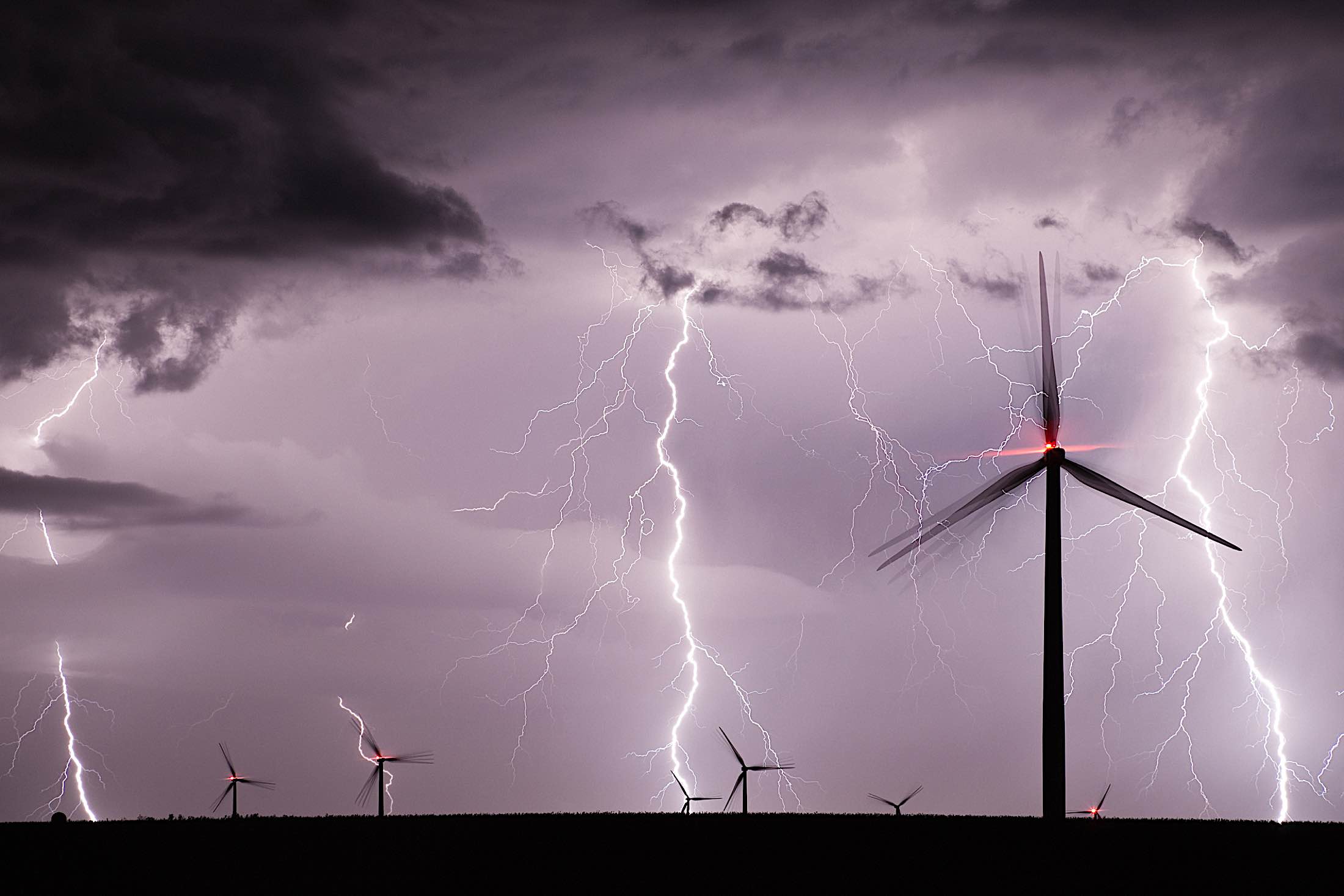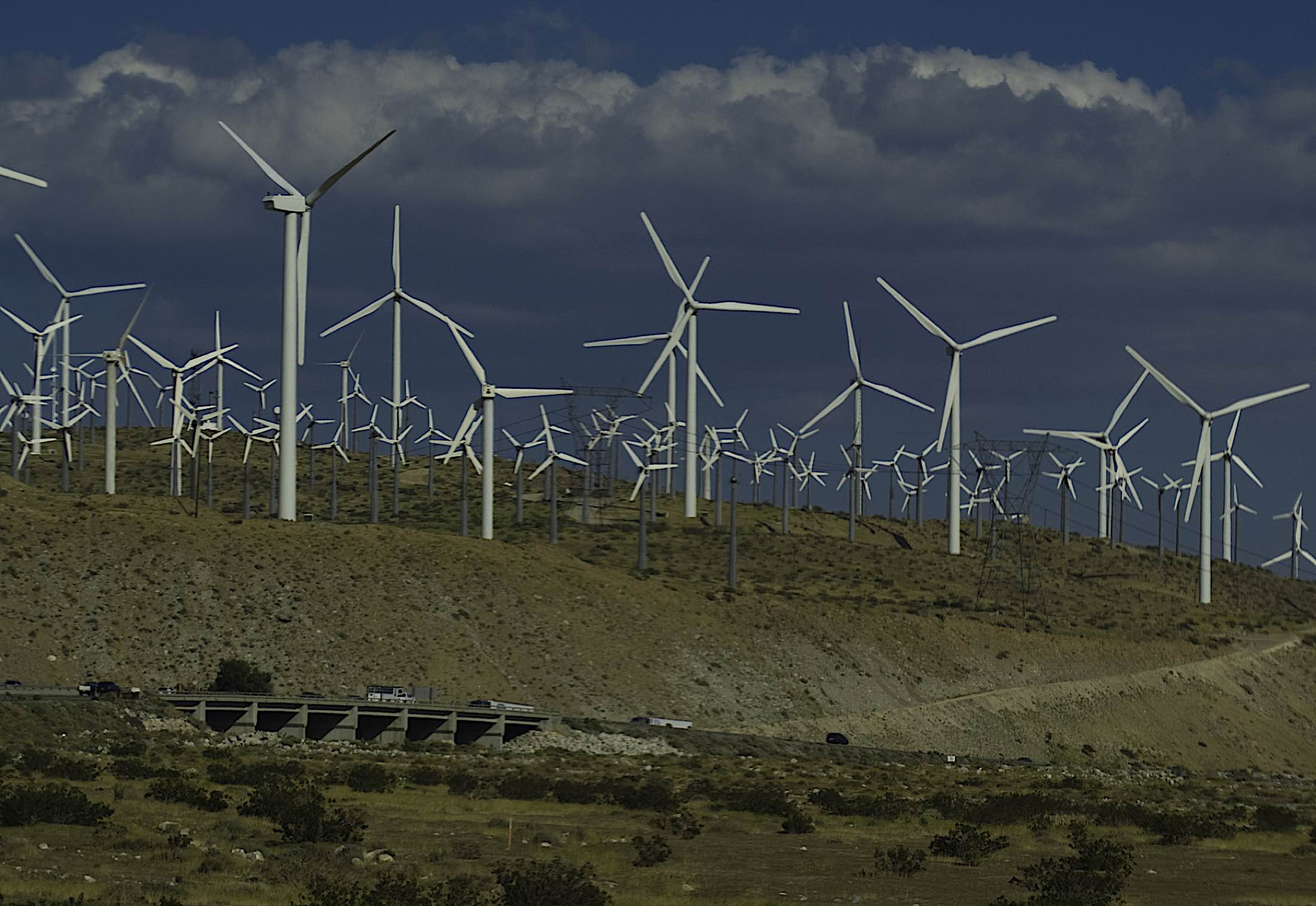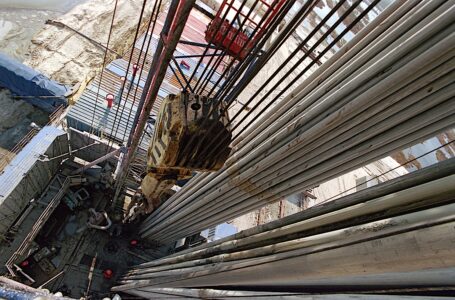While wind power is considered by many to be the most reliable form of alternative, clean energy, researchers at Harvard caution that “too much wind power” may warm the environment more than the replaced coal and fossil fuel power — at least in the short term. While spinning, wind power generates more heat that other sources of energy production through air flow disruption; although long term, fossil fuels are still the sustained environmental risk.
Although no one can argue that wind-power reduces pollution and emissions, researchers have noted significant temperature increases near wind farms. The data may indicate that dense wind farm “factories” — where hundreds of massive turbines are clustered together — are not the answer, especially if the goal is to mitigate global warming from fossil fuels, and resultant climate change. It doesn’t necessarily indicate wind power itself has a negative impact, but points instead to the harmful effects of massive wind farming.

Scale is the issue
At first blush, this seems like advocacy for coal and fossil fuels, but, in fact, the research has shown that scale is the issue. Put enough of the massive spinning blades in one area and it disturbs the flows of warm and cold air. This won’t be news to people who live near the gigantic wind-farms that have cropped up in Ontario and all over the U.S. Measurements near larger wind farms show that the air is 1.1 degree Celsius warmer (2 degrees Fahrenheit) around the large wind farms.
David Keith, a study co-author, cautions that “any big energy system has an environmental impact.
“It’s more a matter of scale. “You do wind on a scale big enough… it’ll change things.” David Keith is a Harvard engineering and physics professor.
The report he co-authored stresses that greenhouse emissions from coal and fossil fuel are still the main threat globally. Instead, the scientists point out that even wind power on a large enough scale has a negative impact. “There is no free lunch,” Keith says. Keith also indicates that his data suggests that wind energy makes more sense than fossil fuels.
Turbines contribute to warming — and kill hundreds of birds
Instead, the call to action may be related to planning the scale of wind farms. There are global issues — such as the environment — and local issues, particularly with residents who live near wind farms and wind turbines.

. (Each turbine kills hundreds of birds each year.) These three issues — and the research from Harvard — appear to point to a less concentrated planning approach, perhaps limiting the capacity of any given wind farm per hectare.
Wind turbines bring warm air down and send cool air up as a natural consequence of turbulence. Sufficient wind turbines output to replace fossil fuel would result in enough disturbance to heat the air over land masses much faster than fossil fuels. The effect is especially pronounced at night when turbines disrupt normally cooling currents.
Wind power currently generates 6.3 percent of the U.S.’s energy, and, as of 2017, Canada finished off 12,239 MW of wind energy capacity or roughly six percent of demand.
Hypothetically (indicates the study) if the entire United States switched to massive wind dependence, with sufficient capacity to replace coal and fossil fuel generation, the nation’s overall temperature would rise 0.4 degrees F, or 0.2 C. In areas near the wind farms, notably central regions of the U.S., warming would be more like 2.5 degrees F, or 1.4 degrees C. Considering climate scientists predict dire consequences of global temperatures rising even 1.5 degrees, this is data is essential for managing risks.

































